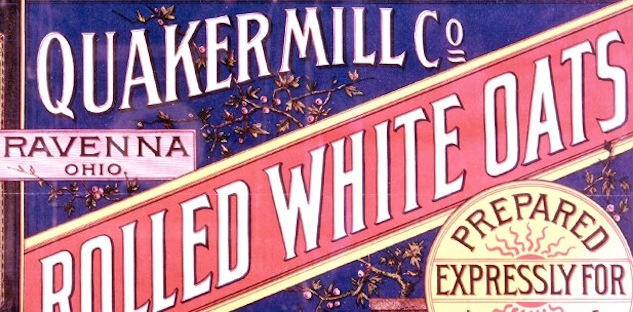Connect with execs from The New York Times, TIME, Dotdash Meredith and many more

Like many brands, PepsiCo’s Quaker Foods brand desperately wants to be liked in social media.
That means focusing on Facebook, where it has almost 1 million likes. The challenge for the PepsiCo brand: how to create compelling content in order to make that community worthwhile. After all, studies show only 8 percent of brand posts get through to followers. The pressure is on for brands to regularly create content that hits home.
“For us, it’s about continuity,” said Barbara Liss, director of digital/social media at Quaker Foods. “We get to talk to consumers 365 days a year, several times a day.”
Traditionally, Quaker has always created its own content for Facebook. For the last three months, however, it has been testing social aggregator Percolate as a means of pulling relevant content. Percolate works by recommending content to brands that will resonate well with their target audience. Quaker is testing what happens if it increases how much it posts per day. It did not have enough resources to create additional content, so this test with Percolate is meant to solve that challenge.
Quaker first opened its wall on Facebook in January 2010. At the time, Liss was the only one posting on the page. Since then, Quaker has brought on a community manager that updates the Quaker Facebook, Twitter and Pinterest pages. It typically posts once or twice a day on Facebook. Most often, it posts photos with a short caption, but it also uses videos and polls to get consumers to take action. Quaker has learned that moms (its target audience) are all for nostalgia and playfulness.
For example, “Quaker posted an image of a boy jumping from one couch to the next. The photo has text over it that says, “If you’ve never jumped from one couch to the other to avoid lava, you’ve never had a childhood.” The post got over 4,300 likes and 2,800 shares.
Another example of a post that has done really well for Quaker is one that looks like a post-it note that says, “You know you’re a mom when…you have an audience in the bathroom.” A whopping 13,800 people liked this post, 10,200 shared and 400 commented.
Quaker often tries to integrate its products into Facebook posts in a way that doesn’t feel like a hard sell. It’ll never write, “Buy our oatmeal,” but a post of a kid holding a bowl of chocolate chip oatmeal did rather well. It received over 1,700 likes and 40 comments. Liss said that although this does not seem like a high number, considering it’s a product push, the results are good.
“We’ve found that photos work really well,” Liss said. “Facebook is becoming a very visual medium. The bare bones promos don’t work well. Make sure brand messages, products and news is out there, but in a way that people will share.”
Quaker has had some fails on Facebook as well. For example, it posted a photo of Prince William and Catherine Middleton and asked fans whether they’re excited for the royal wedding. This post tanked. The reason: It wasn’t relevant to moms. Their interests are more focused on their day-to-day life: feeding their kids, working out and healthy living.
“The beauty behind Facebook is that when you do hit a home run, whatever you did before that didn’t work is buried,” Liss said.
More in Marketing

In Graphic Detail: Inside the state of the creator economy industrial complex
The creator economy might have started out as an alternative to traditional media, but is becoming more and more like it as it professionalizes.

Shopify has quietly set boundaries for ‘buy-for-me’ AI bots on merchant sites
The change comes at a time when major retailers like Amazon and Walmart are leaning into agentic AI.

WTF is ‘Google Zero’?
The era of “Google Zero” — industry shorthand for a world where Google keeps users inside its own walls — is here.





